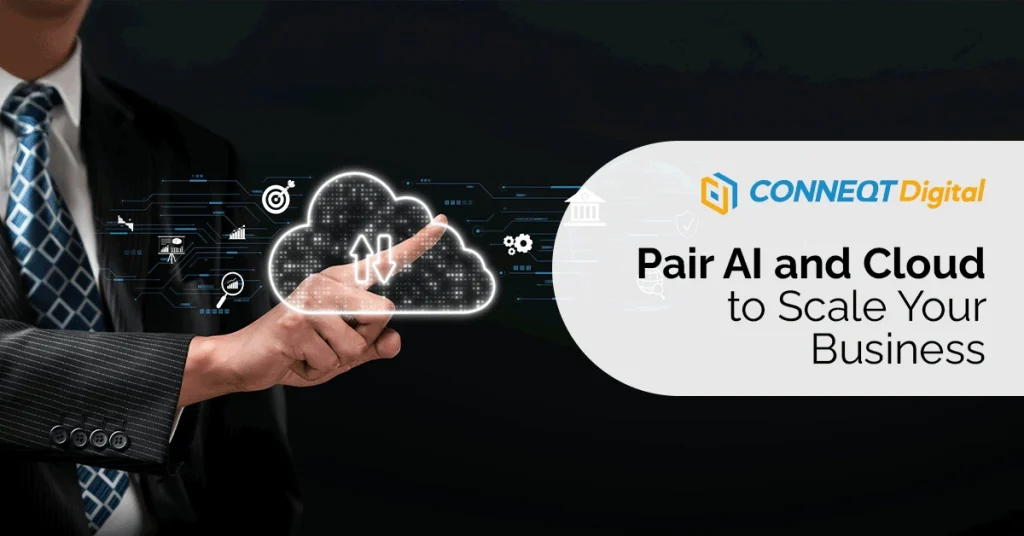
How an API-led approach accelerates IT delivery
In this era of digital transformation with the ever-increasing demand for real-time information, the interaction with consumers, partners, and other digital systems within or outside the organization puts more burden on the existing information technology (IT) resources of an enterprise. The technology transformation necessary to handle high volume data from disparate sources requires a significant time and cost investment. Each up-gradation adds layers and layers of complexity to the existing IT infrastructure. The rate at which the new digital systems, applications, and networks of data are deployed does not meet the current technological requirements resulting in a delivery gap. Apart from technology upgrades and transformation, a considerable amount of IT resources is spent on integrating legacy systems or applications with the other upgraded ones and on their maintenance.
Traditionally, the integration is done with point-to-point (P2P) connections where different operations are linked on an ad-hoc basis. As the individual P2P connections increase, the complexity increases exponentially, and the system becomes more prone to single points of failure. P2P integration is not agile as the addition or replacement of any component necessitates refactoring of every other system in the digital infrastructure.
Enterprise service bus (ESB) integration, which is an advancement to the P2P approach, has an abstraction layer acting as a common interface between all the components in the system. ESB architecture has a scalable robust system that can both decouple services that are no longer needed and add load balancing for high-volume transactions. The main drawback of the ESB integration approach is its centrally managed monolithic architecture. As every service is integrated into the common interface, every change in applications or components has to go through the ESB queue. This results in procedural and delivery bottlenecks. Additionally, ESBs don’t scale to connect cloud, SaaS, and, IoT assets.
Distributed integration approach with a micro-service-oriented architecture prioritizing reusability, flexibility, and, agility overcomes the above-mentioned limitations in digital system integration. Among available options, API led connectivity approach stands at the forefront.
API-led connectivity
An application program interface (API) is a software intermediary which defines a set of rules for communication between two applications. APIs are more than just an interface that sits on top of a database and presents consumable data with a controllable access. It can replace the assets (i.e. components and applications) in the enterprise’s IT infrastructure. APIs can be connected in the form of a unified network of applications, data, and, devices that are pluggable, agile, and reusable. Such an approach is termed API-led connectivity.
API-led connectivity is described in MuleSoft’s white paper as “a methodical way to connect data to applications through reusable and purposeful APIs”. The architecture of API-led connectivity is three-tiered. It has a system layer, a process layer, and, an experience layer.
- System Layer: It is the primary layer and the APIs in this layer access the core system and unlocks data in canonical formats. Once system APIs are built, it allows users even without any knowledge of the complex backend systems to access data and reuse it in multiple projects as required.
- Process Layer: It is the second layer on top of the system layer. The process APIs compose data into processes by collating, dividing, filtering, and, routing data. It interacts with the system APIs to implement the logic for the (business) process without making changes to the source systems.
- Experience Layer: It is the topmost layer. The experience APIs remove unnecessary methods and reconfigure data as per the requirements of the consumer or clients. They are programmed with user experience as a priority.
Modifications in the logic of the system APIs can be done without affecting the process and the experience APIs.
The benefits of API led connectivity include
- Seamless transition to the cloud
- API reusability and microservices architecture ensuring scalability
- Bimodal IT ensuring both stability and agility
- Availability of real-time information on prospective customers
- High-level productivity with efficient delivery without any procedural bottlenecks
- Deeper operational visibility
Accelerated IT delivery
With a distributed approach, API-led connectivity modularizes integration logic and eliminates the need for a comprehensive regression test against any modifications. This allows an enterprise to provide a better estimate of delivery. API-led connectivity approach ensures the building of reusable assets and enables them to be leveraged by the rest of the business across multiple channels. Therefore, it ensures quicker project delivery and the optimal use of the available IT resources of an enterprise. API-led connectivity’s bimodal approach allows greater agility to iterate user-faced edge systems and accelerate the to-market time of any new initiatives.
MuleSoft: The API-led connectivity platform
MuleSoft’s Anypoint Platform™ is a single, unified platform that allows organizations to easily build and rapidly scale application networks. Anypoint Platform is the world’s leading integration solution and is trusted by more than 1,600 enterprise customers across every major industry. Anypoint Platform enables end-to-end connectivity across APIs, service orchestration, and application integration. This allows developers to rapidly connect, orchestrate, and enable any internal or external endpoint. The result is a 2x to 5x faster time to launch new initiatives, connect systems, and unlock data across the enterprise and a 30% reduction in integration costs.
Conneqt Digital In Action
Here’s how Conneqt Digital helped a global professional services firm migrate existing Oracle ERP to Workday SaaS implementation.
We proposed the use of MuleSoft integration platform (iPaaS) which enables API-Led Connectivity to exchange data between multiple applications. This would remediate existing OIC integrations which have vulnerability and complexity, to enable smooth and seamless connectivity between applications.
Here’s our step-by-step approach:
- API-led approach accelerate IT delivery, by unlocking systems, applications and data with APIs
- In-built connectors available within MuleSoft to connect to new SaaS Applications
- High availability and scalability with MuleSoft iPaaS implementation
- DevOps (CI/CD) process to seamlessly integrate and deliver solutions
Conneqt’s Proposed Solution
- MuleSoft API reusable capability increases 40% of software delivery speed to Genpact Development team.
- MuleSoft Cloud offerings will increase availability of system to 99.98%
- 30% reduction in production release time using CI/CD DevOps process
- 20% overall increase in Traffic management using Anypoint Platform capabilities
If you are looking for effective solutions to transform your digital IT journey and to know more about our service offerings, visit www.conneqtcorp.com.




